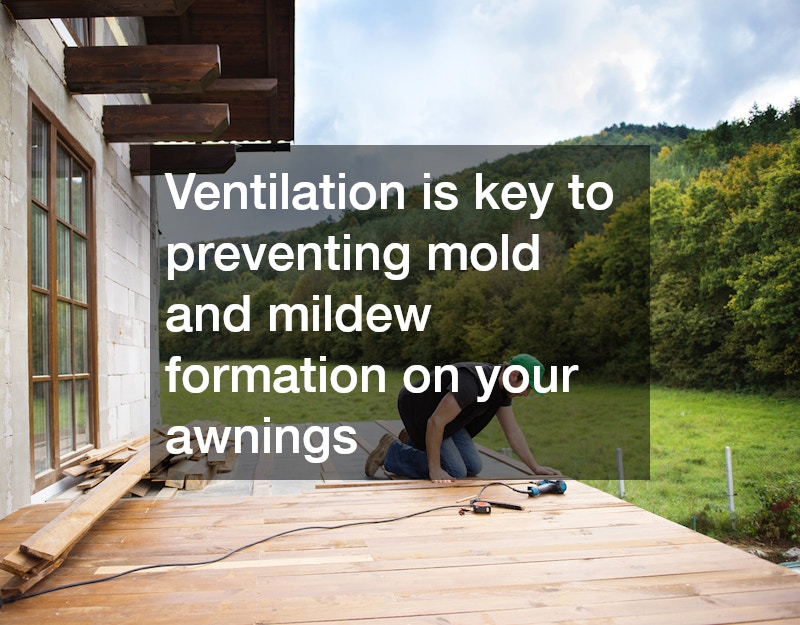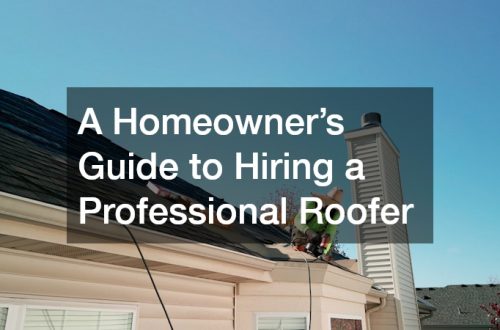Proper awning care is essential to prolong the life of your awnings and maintain their beauty. Local awning businesses offer valuable insights and tips for effective awning maintenance.
Protecting Your Awning from Weather Damage
Selecting Durable Awning Fabrics
Selecting the right awning fabric is the first step in protecting your awning from weather damage. Durable fabrics such as acrylic, polyester, and vinyl-coated materials offer resistance against harsh sunlight, rain, and wind.
While acrylic is known for its breathability and UV resistance, polyester provides strong resilience against stretching and shrinking. Vinyl-coated fabrics add an extra layer of protection by resisting water penetration, making them ideal for areas prone to heavy rainfall.
Using Weather-Resistant Coatings
Applying weather-resistant coatings to your awning fabric can significantly enhance its ability to withstand the elements. These coatings, often silicone or fluoropolymer-based, create a protective barrier that repels water, prevents fading, and safeguards against UV damage. Local awning businesses recommend scheduling annual reapplication of these coatings to ensure consistent protection. Additionally, newer eco-friendly options are available that reduce environmental impact while maintaining high levels of protection.
Installing Weather Sensors
Weather sensors are innovative tools that help in mitigating weather-related damages by automatically retracting your awning during unfavorable conditions. These sensors can detect changes in wind speed, rain levels, and sunlight intensity. Commonly used types include anemometers for wind detection and rain sensors for precipitation. By installing such sensors, homeowners can avoid potential structural damage by ensuring their awnings are not exposed to harsh weather unnecessarily.
Preventing Mold and Mildew on Your Awning
Maintaining Proper Ventilation
Ventilation is key to preventing mold and mildew formation on your awnings. Keeping the area around the awning well-ventilated reduces moisture build-up, which is conducive to mold growth. Install small vents or air circulation systems near the awning to enhance airflow. Additionally, ensure that the awning is fully dry before retracting it to minimize the risk of moisture retention.
Applying Mold Inhibitors
Using mold inhibitors is an effective preventive measure against fungal growth. Available in spray or liquid form, these products create an inhospitable environment for mold and mildew. Apply the inhibitor to a clean, dry awning following the manufacturer’s instructions, and ensure even coverage. Mold inhibitors need reapplication every few months, depending on environmental conditions and fabric type.
Regular Inspections and Cleaning
Regular inspections allow you to catch any early signs of mold and mildew before they become a significant issue. Check for discolorations, damp smells, or visible mold spots. Prompt cleaning and remediation can save you the hassle of more extensive cleaning or replacement. Local awning experts recommend monthly inspections, especially in humid climates where mold thrives.
Enhancing the Longevity of Your Awning
Proper Installation Techniques
Ensuring that your awning is properly installed is foundational for its longevity. Incorrect installation can lead to unanticipated wear and tear, voiding warranties, and potential damages due to wind or rain. Using professional services ensures compliance with safety standards and verifies that the awning is securely attached and appropriately angled to facilitate water runoff. It is a crucial step in long-term durability.
Regular Maintenance Schedules
Establishing a regular maintenance schedule is indispensable for sustaining your awning’s optimal condition. This includes periodic cleaning, inspections for fabric and hardware integrity, and prompt repairs as needed. Documenting maintenance activities helps avoid overlooked tasks and keeps track of the awning’s overall condition. Awning businesses recommend aligning maintenance schedules with seasonal changes or noticeable weather patterns.
Consulting Local Awning Experts
Local awning experts are invaluable resources in prolonging the life of your awning. With their deep understanding of regional weather conditions and awning technologies, they can provide tailored advice and services. Regular consultations can uncover potential issues before they escalate and keep you informed about the latest advancements in awning care. Involving experts in your maintenance strategy ensures a comprehensive approach to longevity.
Awnings are a valuable addition to any property, providing shade and aesthetic appeal. By following the tips provided by local awning businesses, you can ensure that your awnings remain in top condition for years to come. Proper selection, maintenance, and timely repairs are key to maximizing the durability and functionality of your awnings, enhancing not only their life span but also the comfort and enjoyment they provide to your living space.






